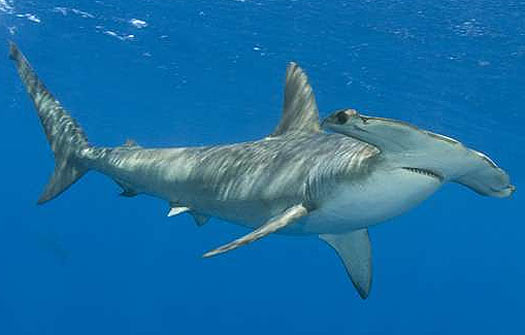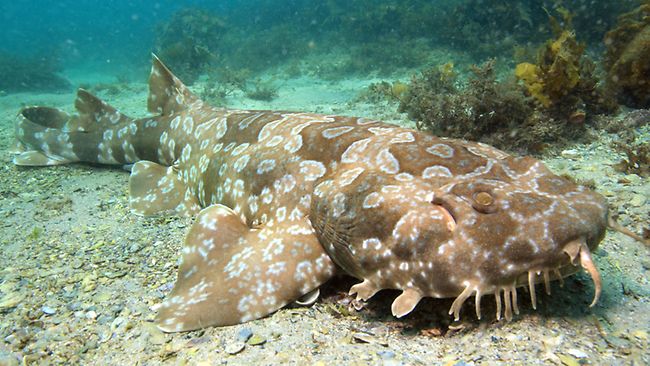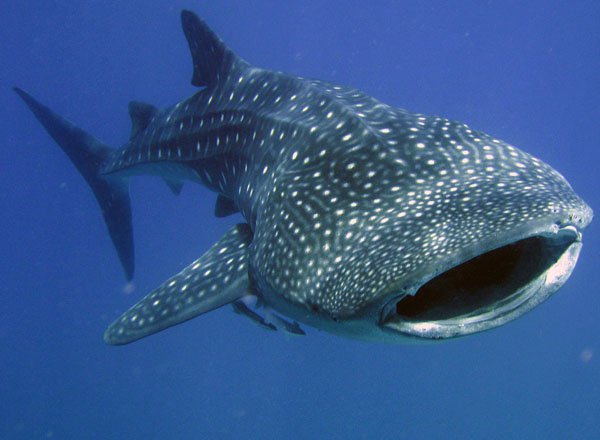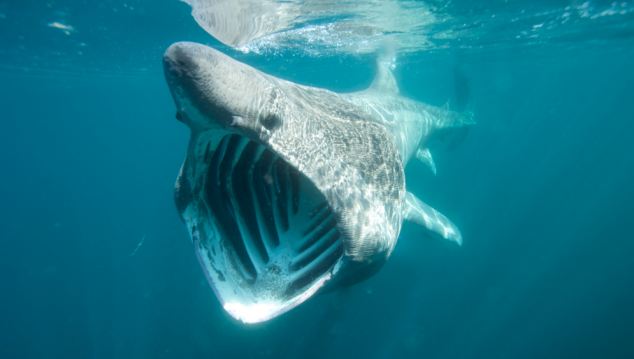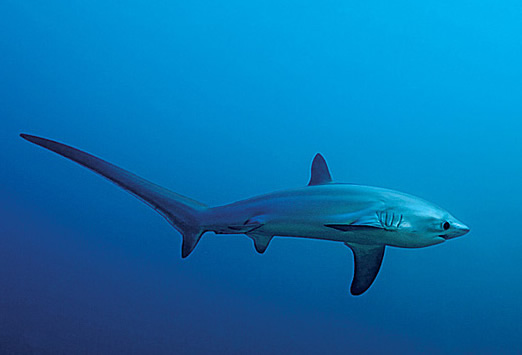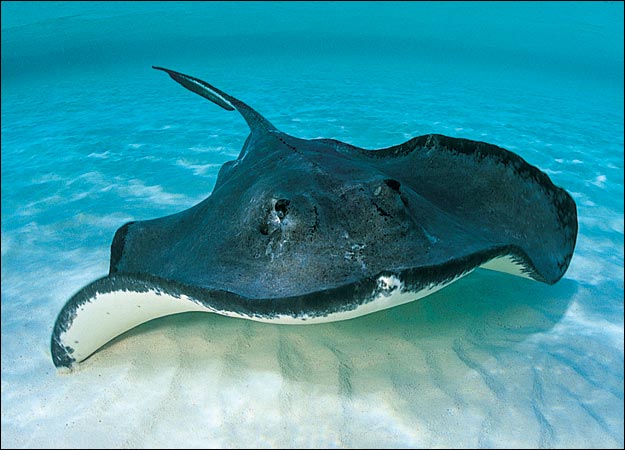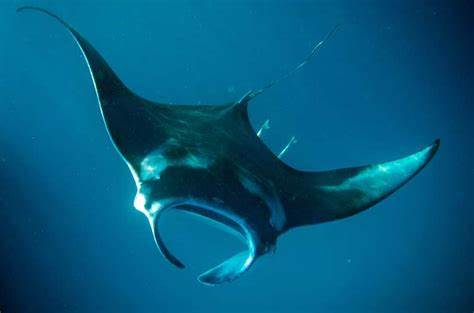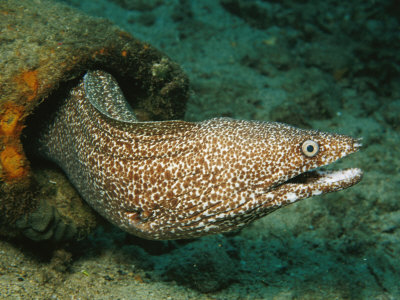Physical World/Fish
| Hammerhead shark
family Sphyrnidae
| |
| Wobbegong
family Orectolobidae
Name given to the 12 species of carpet sharks Wobbegongs spend much of their time resting on the sea floor. They are well camouflaged with a symmetrical pattern of bold markings which resembles a carpet | |
| Whale shark
Rhincodon typus
A slow-moving filter feeding shark and the largest known extant fish species Their skin is marked with pale yellow spots and stripes which are unique to each individual | |
| Basking shark
Cetorhinus maximus
| |
| Thresher shark
genus Alopias Named for and easily recognised by its exceptionally long, thresher-like tail or caudal fins which it lashes to stun prey | |
| Stingray
suborder Myliobatoidei Most stingrays have one or more barbed stingers on the tail, which are used exclusively in self-defence. Fatal stings are very rare, but can happen, most famously in the death of Steve Irwin in 2006 | |
| Manta ray
genus Manta Manta ray is the largest of the rays and has the largest brain of any fish. It is in the family of eagle rays. Giant oceanic manta ray (pictured) can grow to a width of 7 m | |
| Moray eel
family Muraenidae Moray eels are the only animals that use pharyngeal jaws (a second set of jaws) to actively capture and restrain prey. Most species lack pectoral and pelvic fins | |
| Electric eel
Electrophorus electricus Capable of generating powerful electric shocks of up to 600 volts. Despite its name, it is not an eel, but rather a knifefish | |
| Giant oarfish
Regalecus glesne Also called the king of herrings, it is the world's longest bony fish. Its shape is ribbon-like, narrow laterally, with a dorsal fin along its entire length | |
| Ocean sunfish
Mola mola The world's heaviest bony fish, it can weigh up to 1000 kg. Sunfish can be as tall as they are long when their dorsal and ventral fins are extended | |
| Sailfish
genus Istiophorus
| |
| Swordfish
Xiphias gladius
| |
| Barracuda
genus Sphyraena
| |
| Grouper
subfamily Epinephelinae Groupers are teleosts, typically having a stout body and a large mouth. They are mostly protogynous hermaphrodites, i.e. they mature only as females and have the ability to change sex after sexual maturity | |
| Tarpon
genus Megalops
| |
| Anglerfish
order Lophiiformes They are bony fishes named for their characteristic mode of predation, in which a fleshy growth from the fish's head (the esca or illicium) acts as a lure. Some deep-sea anglerfish emit light from their escae to attract prey | |
| Archerfish
Family Toxotidae Known for their habit of preying on land-based insects and other small animals by shooting them down with water droplets from their specialized mouths | |
| Pufferfish
Family Tetraodontidae
Generally believed to be the second-most poisonous vertebrates in the world, after the golden poison frog. The meat of some species is considered a delicacy in Japan (as fugu) Pufferfish can fill its extremely elastic stomach with water until it is much larger and almost spherical in shape | |
| Ocellaris clownfish
Amphiprion ocellaris
The main character in Finding Nemo is an A. ocellaris | |
| Candiru
Also known as the toothpick fish. a species of parasitic freshwater catfish native to the Amazon Basin It is attracted to blood and urine, and will (rarely) enter the body by swimming up the penis. It can only be removed by surgery | |
| Coelacanth
Two species – West Indian Ocean coelacanth, and Indonesian coelacanth | |
| Seahorse
genus Hippocampus (from Greek for "horse" and "sea monster")
Fertilised eggs grow in the male’s brood pouch Seahorses rise by expelling water from a swim bladder | |
| Lamprey
order Petromyzontiformes
Jawless fish also known as lamprey eels The adult is characterised by a toothed, funnel-like sucking mouth. Lampreys are well known for those species which bore into the flesh of other fish to suck their blood | |
| Lungfish
subclass Dipnoi
Also known as salamanderfish Freshwater fish. Lungfish have the ability to breathe air. All lungfish have two lungs, with the exception of the Australian lungfish, which only has one | |
| Hagfish
class Myxini Eel-shaped, slime-producing marine fish (also called slime eels). They are the only known living animals that have a skull but no vertebral column. Along with lampreys, hagfish are jawless |
